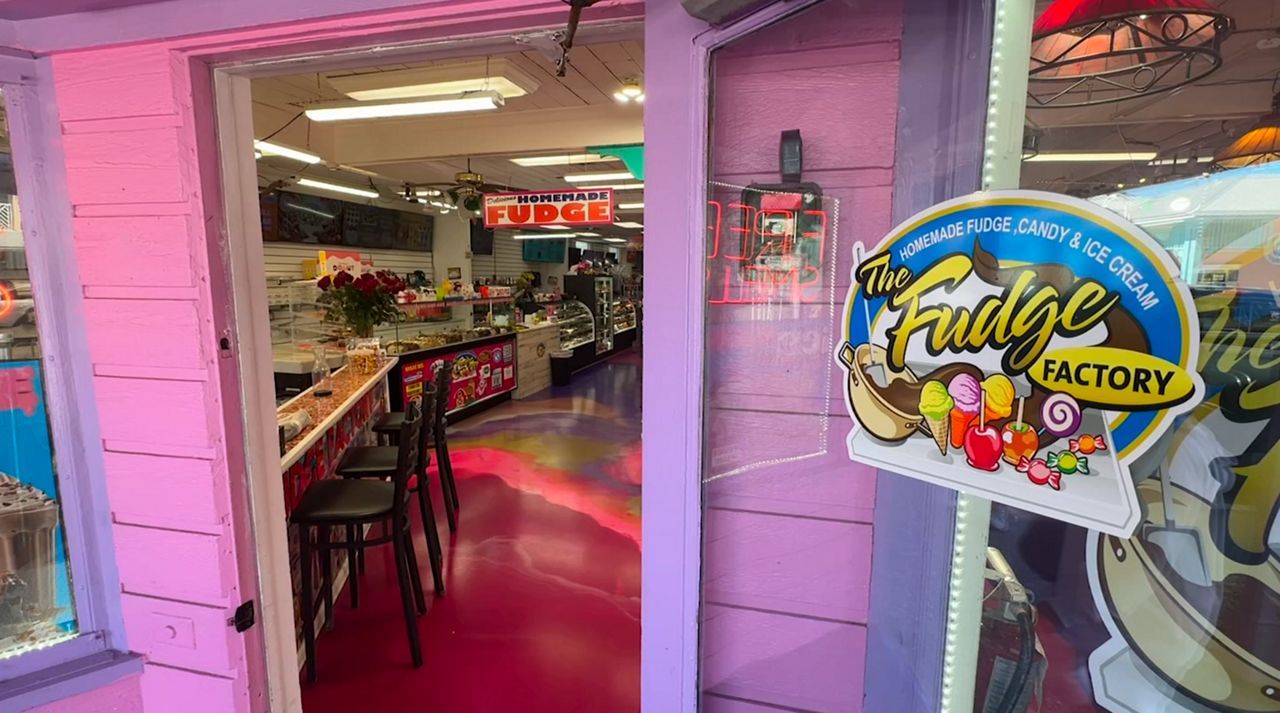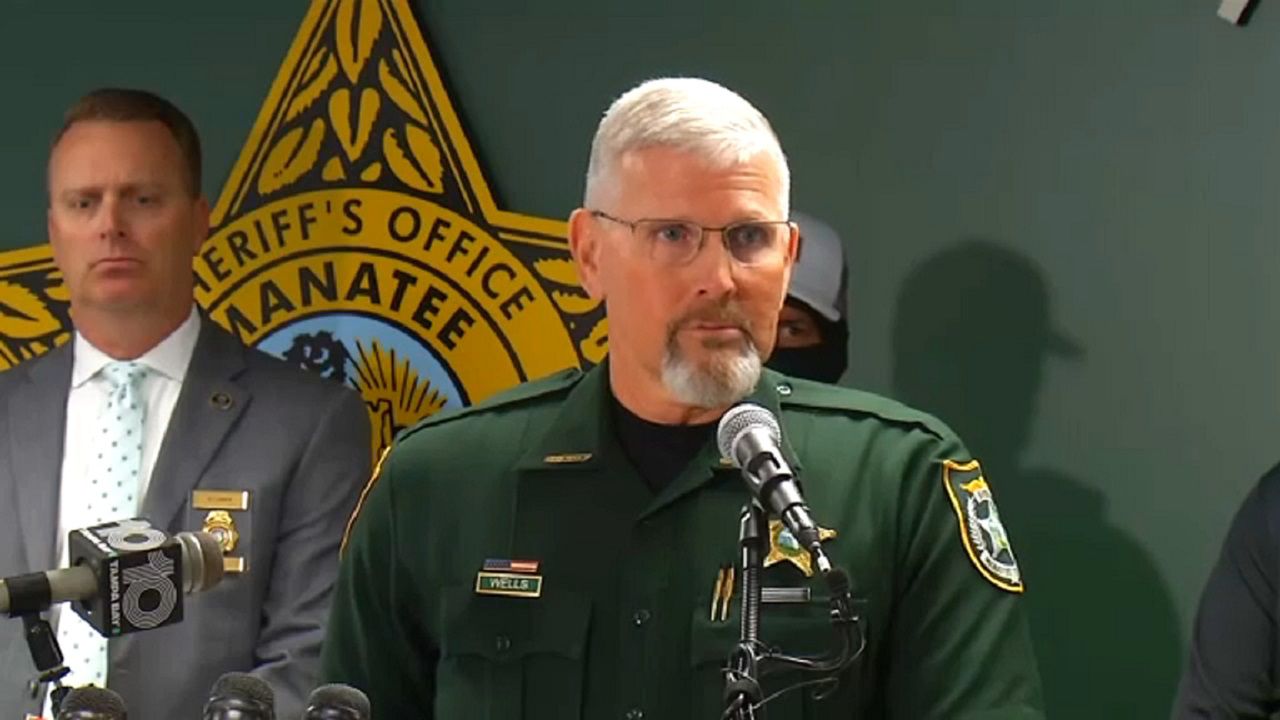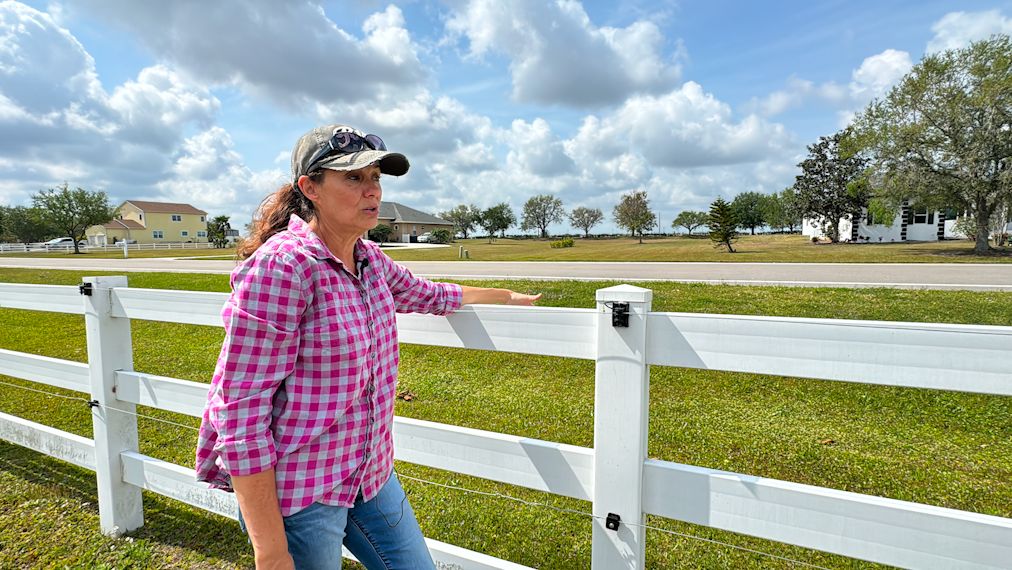MANATEE COUNTY, Fla. — Southern Manatee Fire & Rescue is the first in the country to use a one-of-a-kind piece of equipment that aids in emergencies.
What You Need To Know
- Southern Manatee Fire & Rescue are the first ever to use robotic device as part of a pilot program with Squishy Robotics
- It's been such a success that the company expanded it to six other fire stations throughout the country
- The robot is called Tensegrity Sensor Robot and can detect four gases
In collaboration with NASA and the company Squishy Robotics, the robot device is designed to reduce response time and keep first responders safe. The co-founder of Squishy Robotics says the robot was initially intended for planetary exploration, but an alternative use was found.
“It’s a rapid initial assessment and a better understanding of a situation before they enter,” said Deniz Dogruer, the co-founder of Squishy robotics.
Rich Gatanis, a HAZMAT technician with the department, has had the chance to see the device in person.
“I’m checking all the equipment, making sure it’s in working order every day. We have to put hands on everything,” the 20-year firefighter said.
“It’s fulfilling. I get to do a lot of cool stuff with technology, which is a passion of mine,” he said.
According to Squishy Robotics, last year Southern Manatee Fire and Rescue became the first in the country to use a one-of-a-kind piece of equipment called the Tensegrity Sensor Robot. It’s used during emergencies such as gas leaks, to test how safe the air is. The robot has six cameras and four detectors.
The first time the team used it was during a train derailment in Manatee County that had two tanker cars filled with propane.
“We deploy it into a scene. Whether it’s down a manhole or into a building that has gas, and we don’t want to walk in there, we can just chuck it in there,” he said.
Once deployed, the robot starts feeding information to a computer, allowing the first responders to test for four main gases: cyanide, ammonia, chlorine and flammable gas.
“With the temperature, where the sensors are, the humidity, pressure, and different gas readings, we have oxygen, lower explosive limit, as well as carbon monoxide and hydrogen sulfide readings,” he said.
Before this device, the team would have to spend long periods in HAZMAT suits checking the air.
“Depending on how long the scenes are, HAZMAT scenes typically can go anywhere from two to three hours to 12, 24 hours,” he said.
He says this new robot can save manpower and cut the response time in half.
“This is helpful because it saves us time. Ultimately, at the end of the day, we’re trying to mitigate these hazardous materials scenes as fast and as safely as we possibly can,” he said.
The pilot program was such a success that there are now six other fire stations throughout the country using this device, and the company is expanding and improving its technology. It only takes about 10 hours of training to understand how it works.









